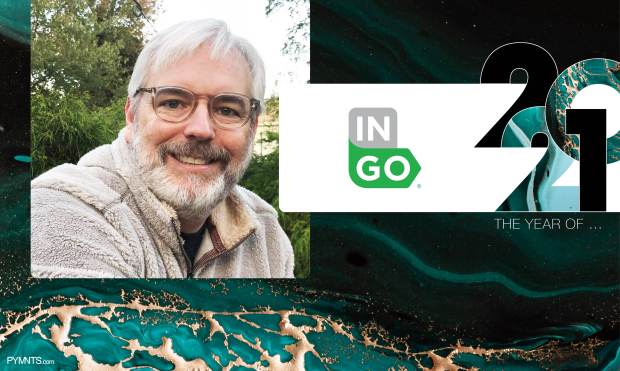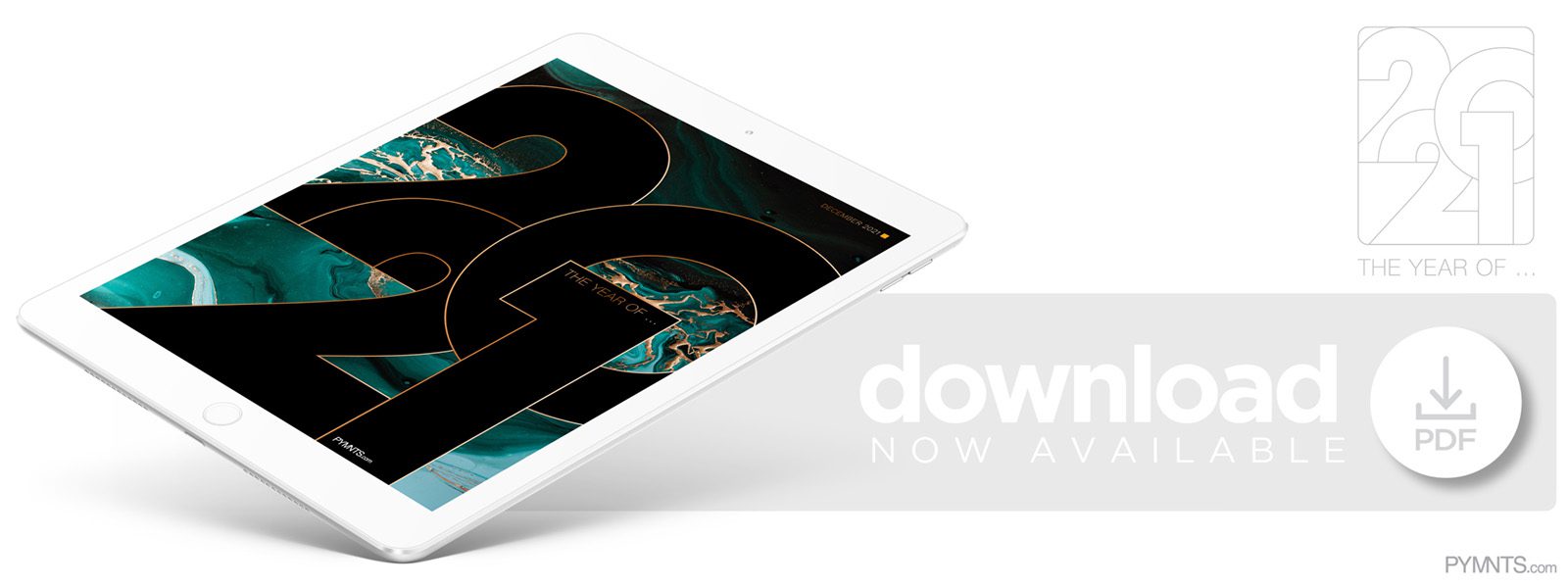Ingo Money: 2021 Was the Year of Issuing

The changing world of payments in 2021 led to a surge in new accounts, as companies ranging from FinTechs to insurance providers looked for ways to grow their customer bases by providing the quick, easy options consumers demand, says Ingo Money CEO Drew Edwards. Read his thoughts in the PYMNTS eBook, “In a Word: 50 Thought Leaders Sum Up 2021.”
I realize that’s probably not the word anyone was expecting. There might be some easier or more obvious choices, but in a year defined by the rise of digital-first challenger banks and neobanks, the closure of physical bank branches and much of the world stuck at home, there is no word more accurate.
The lasting financial legacy of the pandemic will likely be a final and definitive move toward digital. A potent mix of pandemic restrictions, financial need and convenience drove a massive shift in digital adoption, setting off a digital landgrab by providers for customers.
More disruptors across the FinTech spectrum began offering digital-first online and mobile experiences, new services and strategic business initiatives to quickly grow their customer bases. The obvious move was to begin offering bank and credit card accounts on top of their own savings, early wage access, remittance, investment or other products. Revolut’s plan to launch a credit card into the U.S. market and Digit’s new bank account offering are great examples.
Challenged by these disruptors, legacy financial services firms and even retailers joined the fray. From Geico modernizing how they pay out claims to Fortune 500 companies launching their own challenger bank brands, the pressure was on to modernize.
New accounts became the currency of these offerings. Disruptors and legacies alike pushed new bank and credit card accounts to entice customers. The result has been a wave of new account issuances.
According to Statista Research, the seven leading challenger banks in the U.S. alone grew their user base by 40% between 2019 to 2020. Most of those new users represent new accounts, with the total number undoubtedly growing even more in 2021.
The ability to offer these accounts was made easy and flexible by the dozens of reputable companies like Galileo and Marqeta, which have modernized new account issuances, enabling a fast leap into the game. Of course, the next challenge for all these new accounts will be getting money into and out of them. In keeping with customers’ digital expectations, companies providing deposit or payment capabilities must then be able to deliver safe, frictionless and instant funding to and from any account a customer chooses.
Delivering on the rising demand for “money mobility” means offering inbound and outbound digital transfer capabilities, funding via checks or cash, bill payment and truly robust “pay anyone” peer-to-peer (P2P) services. That is a much less commoditized space, and will ultimately be the point upon which these new issuers win or lose customers.
The reality is that we no longer live in a world of a single bank account and a lifetime banking relationship. Consumers are opening accounts at a rapid clip for many purposes — and they expect speed, convenience and choice when it comes to their money. They will quickly vote with their wallets if providers don’t deliver on that promise.
So, while the defining trend of 2021 was certainly the issuing of new accounts, 2022 will be a year shaped by money mobility.

